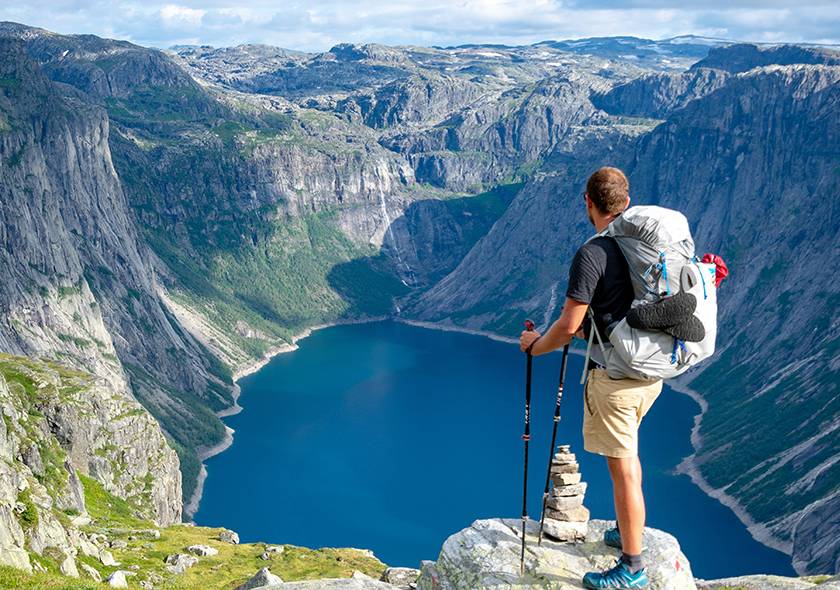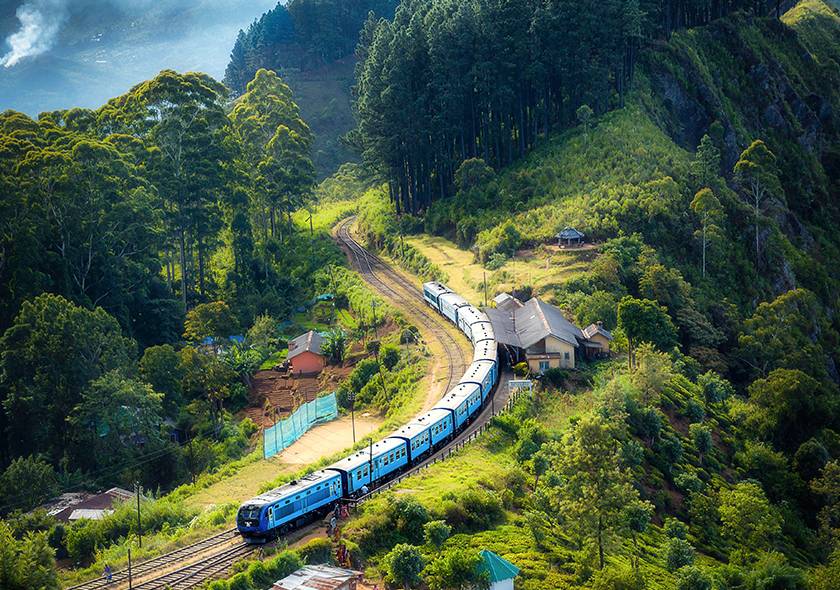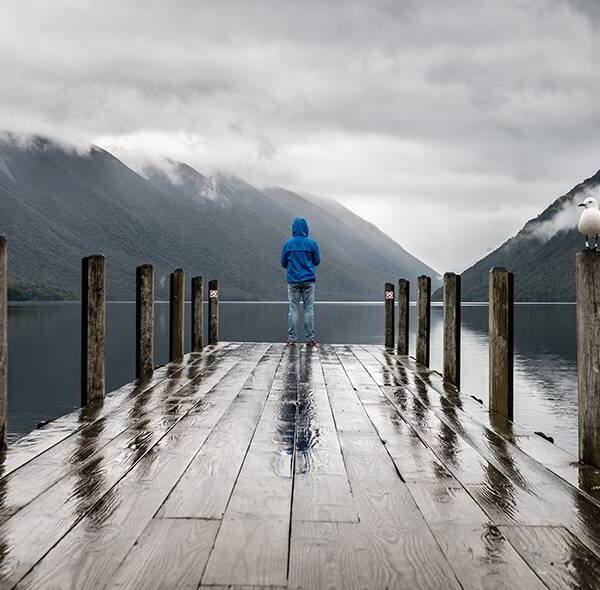- Home
- Cathedral of Santa Maria del Fiore (Italy)
Cathedral of Santa Maria del Fiore (Italy)
From
Duration
Tour Type
Overview
The Duomo (cathedral) complex, Florence’s icon and by far its most frequented tourist destination, is one of the world’s most spectacular works of art. Visiting the Cathedral of Santa Maria del Fiore is an unforgettable experience.
At the end of the 13th century, the inhabitants of Florence desired to construct a cathedral that mirrored their city’s rising status. Work continued for more than a century under the supervision of several great architects, including Giotto and Pisano, until by 1420, Filippo Brunelleschi was prepared to crown it with the dome–a thrilling architecture and design feat for its day and one that continues to astound architects today for its daring.
The Duomo, Italy’s third-largest church, soars above the old town and is more than 152 meters long and 90 meters broad at the cathedral (where the two major aisles intersect). But it’s the craftsmanship, not the magnitude, that makes this cathedral of Europe’s must-see attractions. With a spectacular display of inlaid marble in red, white, and green, the magnificent façade, constructed in the 1800s to replace an incomplete one demolished three decades earlier, dominates Piazza del Duomo.
Included/Exclude
- Pick and Drop Services
- 1 Meal Per Day
- Cruise Dinner & Music Event
- Visit 7 Best Places in the City With Group
- Additional Services
- Insurance
- Food & Drinks
- Tickets
Tour Plan
Cathedral Exterior
The façade was erected in the 1800s, it is designed in the medieval Gothic style that complements Giotto's tower, with Tuscan marble carved with elaborate motifs and statue niches. The alternating hues represent the two fundamental ideas of Florentine art: "virtuousness and elegance."
A big rose window sits over the center entry, with smaller ones on either side. The bronze doors include reliefs of Mary, the cathedral's patron saint. Before entering, take a tour around the structure to observe its four entrances, particularly the Porta della Mandorla on the left, which has work by Donatello, Ghirlandaio, and other Renaissance painters.
Cathedral Interior
The seriousness within may startle you after the vibrancy of the façade. Subsequent generations' preferences affected the inside, as they do in most Italian churches, but these embellishments were removed in later construction, restoring the essentially unadorned magnificence of its rising Gothic domes and stone pillars.Your gaze will be pulled to the transept and then upward to the magnificent dome above, no matter where you stand. However, you should wander about to see some magnificent pieces of art, particularly the 44 windows that comprised the biggest creation of stained glass in 14th and 15th-century Italy.
From within, you can see the triple flower windows, whose stained-glass images were fashioned by Lorenzo Ghiberti, well known for his antique panels on the baptistery doors. Take note of the clock–its hands rotate counter-clockwise as you glance up
Aisles and Apses
Sculptures, paintings, and frescoes may be seen throughout both aisles. The equestrian figure of John Hawkwood, commander of Florence's mercenary army, is painted (by Paolo Uccello in 1436) to simulate sculpture in the north aisle (left as you approach the main altar). Although Florence exiled Italy's famous poet Dante, who died there, they have honoured him posthumously with a painting in the north aisle. Each of the cathedral's three apses–the rounded spaces that create the cathedral's Roman cross floor plan's short arms–is split into multiple chapels. Ghiberti stained-glass windows and a double-sided retablo can be seen in the north apse (altarpiece).
.Look for Toscanelli's 1468 gnomon, which was utilised for astronomical computations. The beam of light glow brightly from a spherical hole in the dome's lantern onto another metal plate on June 21st, the summer solstice. The first chapel in the south apse (close to the Old Sacristy) features an excellent Giotto fresco, Madonna del Popolo.
The Sacristies
Two sacristies, each featuring masterpieces by Florence's master of glazing terra-cotta, Luca Della Robbia, separate the three apses. Look for the Resurrection of Christ lunette over the door of the New Sacristy on the north side (1444).
Della Robbia also designed the stunning bronze door (many of these artists, like Ghiberti, Giotto, and Brunelleschi were equally talented in several fields). Its ten panels portray Mary and the newborn Jesus, as well as John the Baptist, evangelists, and other biblical figures.
When Lorenzo the Magnificent and his brother Giuliano were attacked during a ceremony at the cathedral in 1478, they sought sanctuary in this sacristy. Only Lorenzo was able to flee. A terra-cotta sculpture and two terra-cotta candlesticks in the shape of angels by Luca Della Robbia may be seen in the Old Sacristy.
Choir and Dome
The choir and high altar are located under the dome. The octagonal marble balustrade is adorned with 88 reliefs, while Benedetto da Maiano created the crucifix on the high altar in 1495-1497. The sheer size of the dome will capture your attention, however you might be forgiven for a concerned gaze at the stone columns that appear to hold its weight so effortlessly.
Inside the dome is Giorgio Vasari's magnificent fresco of the Last Judgment, begun in 1572 and finished by Federico Zuccari in 1579. It's difficult to picture focusing on work when suspended within this dome. Eight apostle sculptures stand at the base of the pillars that hold the drum.
Brunelleschi's Dome
This one dome has inspired entire books, and its enormity will take your mind off of things. The steps going up to it will do the same. After admiring the world's most renowned dome underneath and from various sites across Florence, there's one more way to see it: climb in between the inlet and outlet layers to the summit.
As you ascend the 463 steps, you will have plenty of time to reflect on its construction, which was completed totally without the aid of a supporting structure (because of its height, 114 meters above the cathedral floor, building wooden support was impossible). Brunelleschi built a series of rings out of bricks set in an interlocking diamond pattern. Each of the smaller rings sustained its own, and the following one was built on top of it.
The 21-meter lantern's gallery (When this was added, Michelangelo remarked that it resembled a cricket cage). The views extend throughout the downtown and then on to the Tuscan hills. The dome steps begin where the north aisle meets the apse. This is not suitable for anyone who has acrophobia, claustrophobia, cardiac or breathing difficulties.
Cripta di Santa Reparata (Crypt)
Stairs descend down from the cathedral porch into what remains of the older church of Santa Reparata. Constructed in the 4th and 5th centuries, then expanded in the ninth and eleventh centuries, the ancient church was buried by the cathedral's construction at first, then demolished in 1375. However, the crypt under Santa Reparata remained, and excavations began in 1965. The grave of Brunelleschi, which can be seen here, was an unexpected finding in 1972, along with a tiny museum linked to the old church.
Giotto Campanile (Bell Tower)
Giotto's Campanile, the 81-meter bell tower that stands scarcely apart from the cathedral façade, is second only to Brunelleschi's magnificent dome as a landmark on the Florentine skyline. Begun in 1334 by Giotto di Bondone, the tower was completed by Andrea Pisano following his death in 1337, who followed Giotto's ideas. Francesco Talenti, Giotto's successor, varied slightly from the original plan and completed the tower in 1387. It employs contrasting hues of marble to spectacular effect, much like the duomo façade that followed in its footsteps decades later. While the patterns are elaborate, and the tower is further ornamented by relief panels and figures in the niches (replicas of the originals, which are currently housed in the Museo dell Opera del Duomo), the tower's measurements and the tower's height are not the harmonies is provided by the balance of its decoration.
The Duomo, Campanile, and Baptistery form one of the most magnificent sculptural ensembles in the world. Andrea Pisano (well known for his magnificent carved stone pulpits in Siena and Pisa cathedrals) and Luca Della Robbia created the ornamental bas-relief panels, which depict allegories of human effort and art in the bottom row and planets, virtues, liberal arts, and sacraments in the upper row. Hike the 414 steps to the summit for the greatest glimpse of the dome and a panoramic perspective of the city.
Location
Find a route from your location
Related Tours
Review Scores
Booking Tour
Tour Information
Max Guests
Min Age
Tour Location
Languages Support
Last Minute Deals

Morocco

ThaiLand














